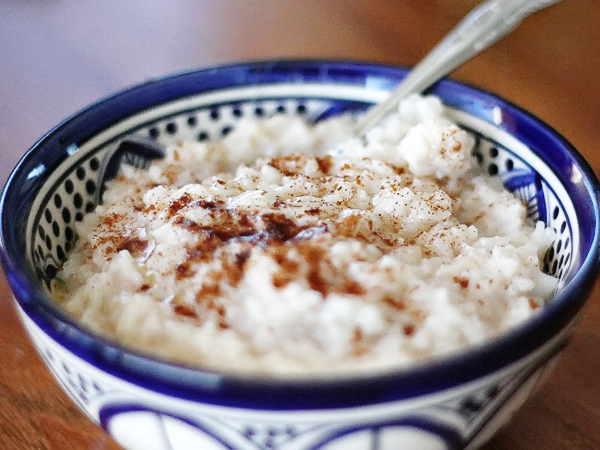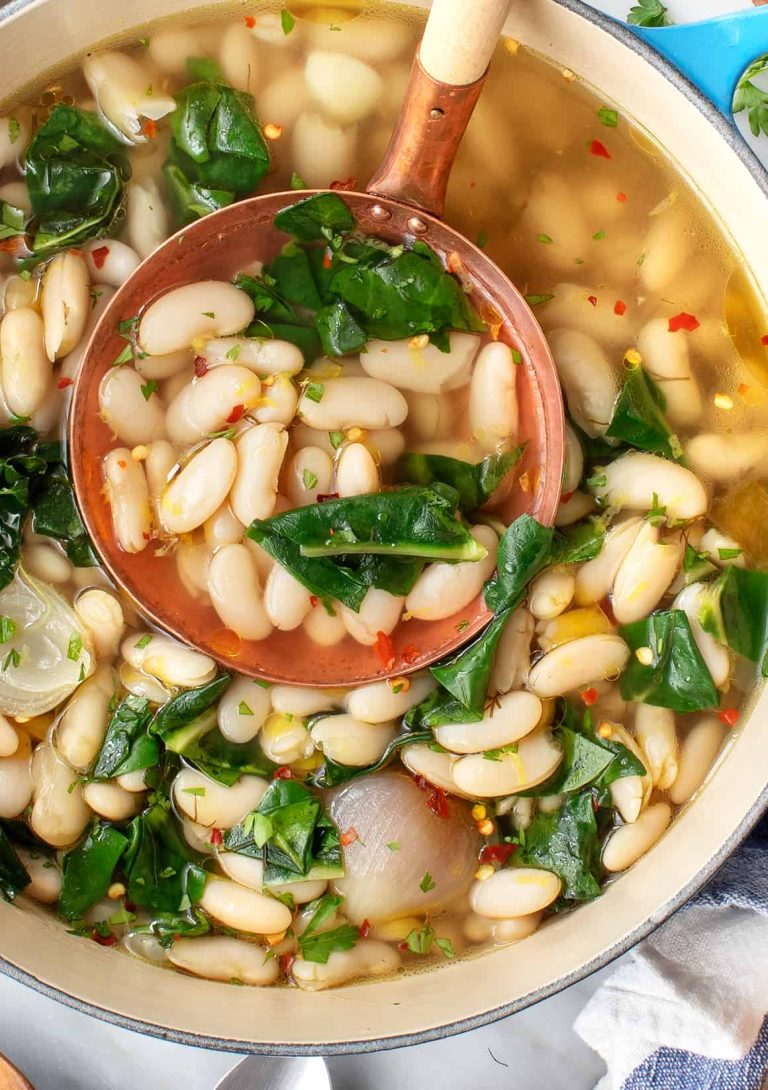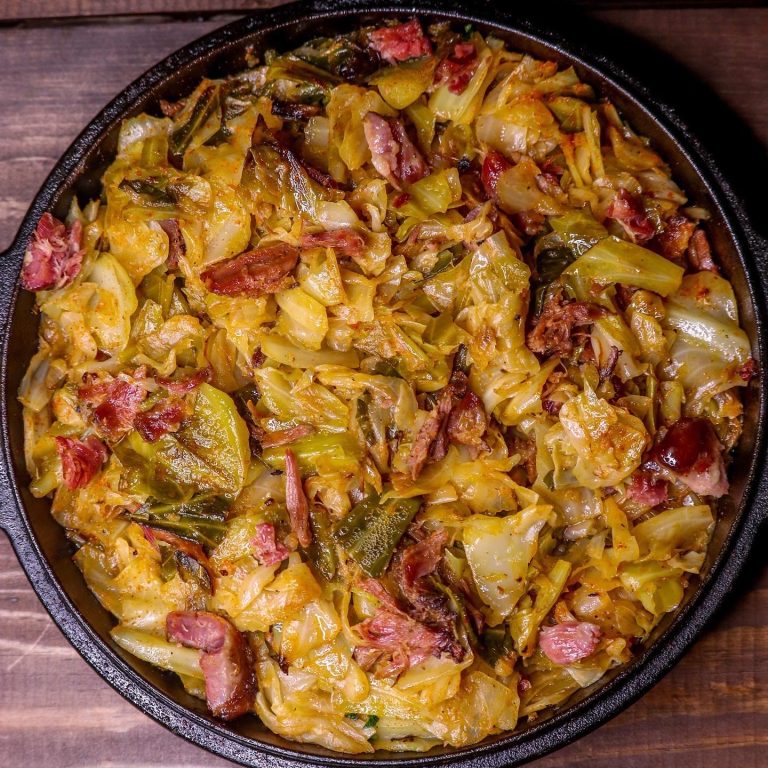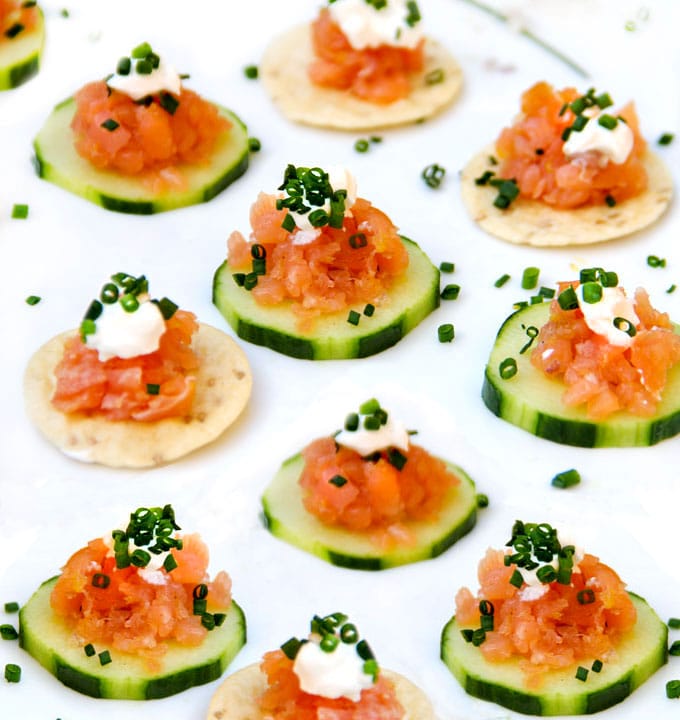Sweet Rice: Delightful Recipes and Global Culinary Traditions
Sweet rice, also known as glutinous rice or sticky rice, originates from Southeast Asia. Various regions cultivate it, including Thailand, Laos, Cambodia, and Vietnam. It plays a crucial role in traditional dishes and ceremonies. Sweet rice comes in both short-grain and long-grain varieties. Short-grain sweet rice, predominantly used in East Asia, features a rounder shape and stickier texture. Long-grain sweet rice, more common in Southeast Asian cuisines, appears slender and slightly less sticky. Both types share a high amylopectin content, giving them their signature sticky quality.
Culinary Uses
Sweet rice serves multiple culinary purposes across different cultures. In Thailand, it becomes the base for mango sticky rice, a popular dessert made with coconut milk and fresh mango. In Japan, it’s essential for making mochi, a chewy and versatile treat. Sweet rice often appears in savory dishes as well. In China, it enhances the flavor of zongzi, which are sticky rice dumplings filled with meats, beans, and other ingredients, and wrapped in bamboo leaves. Its unique texture and structure make sweet rice suitable for diverse recipes ranging from snacks to elaborate festive foods.
Nutritional Profile of Sweet Rice
Health Benefits
Sweet rice offers several health benefits, due to its unique nutritional content. It is a source of essential vitamins and minerals, including B-vitamins like thiamin, niacin, and riboflavin. These vitamins aid in energy production and metabolic processes. Sweet rice also provides iron, which supports red blood cell production and oxygen transport in your body.
When consumed in moderation, sweet rice can aid in maintaining healthy energy levels. Its carb-rich profile makes it a quick energy source, ideal for athletes or individuals needing an immediate energy boost. Additionally, it contains some fiber, which promotes healthy digestion.
Potential Health Concerns
Though sweet rice has health benefits, it’s important to be aware of potential concerns. Sweet rice is high in carbohydrates, mostly starch. Overconsumption by those with diabetes or insulin resistance can cause blood sugar levels to spike.
For those watching their caloric intake, sweet rice can contribute to weight gain if consumed in large quantities. Serving sizes should be controlled to prevent overeating. Although low in fat, it is not a significant source of protein, so it’s crucial to balance it with other protein-rich foods in your diet.
Some individuals may experience gastrointestinal discomfort due to its sticky texture, which can be harder to digest. If adding sweet rice to your diet, do so gradually to monitor your body’s reaction.
Culinary Techniques for Sweet Rice
Cooking Methods
Master various cooking methods to achieve perfect sweet rice every time. Traditionally, steaming offers the best texture and flavor. Soak sweet rice in water for at least four hours, then transfer to a bamboo steamer. Steam for 20-30 minutes until the grains become tender and translucent.
Boiling is another option, although it may alter the texture slightly. Use a ratio of 1.5 cups of water to 1 cup of sweet rice. Bring to a boil, then reduce heat to a simmer. Cover and cook for 20 minutes or until water is absorbed. Fluff with a fork.
The modern rice cooker simplifies the process. Add soaked sweet rice and water using a 1:1.1 ratio. Set cooker to “glutinous” or “sweet rice” setting, if available. The cooker will automatically turn off when the rice is ready.
Popular Recipes
Explore popular recipes to savor the diverse flavors of sweet rice. Mango sticky rice, a Thai dessert, combines steamed sweet rice with fresh mango slices and coconut milk. Garnish with toasted sesame seeds or mung beans.
For savory options, try bibingka, a Filipino rice cake. Mix sweet rice with coconut milk, sugar, and eggs, then bake until lightly browned. Serve warm with grated coconut and cheese on top.
Another classic dish is sushi rice used in Japanese cuisine. Season steamed sweet rice with rice vinegar, sugar, and salt. Use it to prepare sushi rolls or nigiri.
Each recipe showcases the versatility of sweet rice and its ability to complement both sweet and savory flavors.
Sweet Rice in Global Cuisines
Sweet Rice in Asian Dishes
Sweet rice, often referred to as glutinous rice, plays a key role in many Asian dishes. In China, it’s used in sticky rice dumplings called Zongzi, filled with meats, beans, or dates. Japan’s traditional Mochi, a chewy dessert, relies on sweet rice’s sticky texture. In Thailand, mango sticky rice combines sweet rice with coconut milk and ripe mangoes, creating a beloved dessert. Vietnam features Xoi, a versatile dish that can be savory with peanuts and mung beans or sweet with sugar and grated coconut. Korea’s Yaksik, a variation, includes sweet rice with honey, nuts, and dried fruits, typically served during holidays.
Sweet Rice in Western Desserts
Sweet rice has found its way into Western cuisine, particularly in desserts. In the United States, rice pudding variations use sweet rice for a smooth, creamy texture. France offers Riz au Lait, a rich, custardy dessert made with sweet rice, milk, and vanilla. Italy’s Torta di Riso, a rice cake, incorporates sweet rice blended with eggs, sugar, and lemon zest. British cuisine includes rice pie, a traditional recipe integrating sweet rice with spices like nutmeg and cinnamon. These desserts highlight sweet rice’s adaptability and enhance traditional Western recipes with its unique texture and flavor.
Conclusion
Sweet rice’s unique texture and flavor make it a versatile ingredient that transcends cultural boundaries. Whether you’re enjoying a traditional Asian dish or a Western dessert, sweet rice adds a special touch that elevates any recipe. Its rich history and widespread use in various cuisines reflect its global appeal. Next time you’re in the kitchen, consider experimenting with sweet rice to bring a new dimension to your culinary creations.






